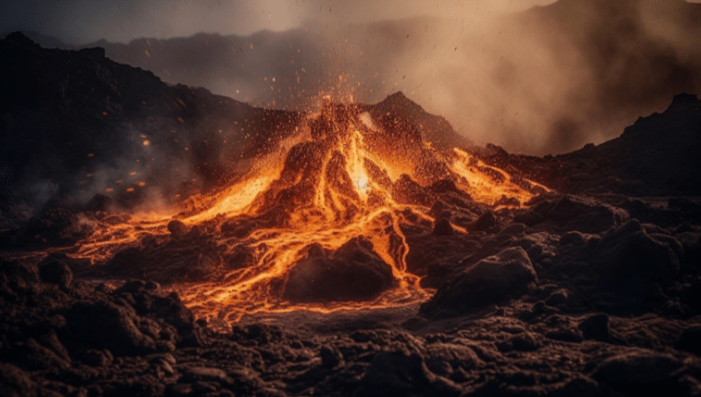Hundreds of thousands of Americans are bracing for potential disaster as scientists warn of an impending eruption from a nearby volcano.
Mount Spurr, which towers at 11,070 feet in Alaska and is situated near Anchorage, the state’s largest city, is showing signs of imminent eruption. This comes despite the fact that 169 volcanoes across the U.S. are classified as “active.”
Visible to Alaskans from as far as 81 miles away on a clear day, Mount Spurr is just under 2,000 feet taller than the Yellowstone supervolcano.
The Alaska Volcano Observatory (AVO), the agency responsible for monitoring 90 of the state’s 140 known volcanoes, reported that during February and March, more than 100 earthquakes occurred weekly beneath Mount Spurr. Since April 2022, over 3,400 earthquakes have been recorded in the vicinity of the volcano.
AVO scientist Matt Haney discussed the potential eruption in an interview with Alaska Public Media.
Residents in Anchorage might not hear an eruption similar to those of 1953 and 1992, but those closer to the volcano would likely be able to. However, being near the site would not be advisable, Haney cautioned.
As volcanic ash particles collide, eruptions can generate volcanic lightning within the ash cloud, which may produce thunder that can be heard from greater distances.
“Explosive eruptions commonly break up magma and propel ash up to 50,000 feet into the atmosphere,” Haney explained.
Mount Spurr experienced three significant eruptions in 1992—in June, August, and September—compared to only one eruption 39 years earlier.
“The second eruption on August 18, 1992, occurred during winds blowing toward Anchorage, resulting in ash being carried over the city and subsequent ashfall,” Haney noted.
With the last major eruption happening roughly 43 years ago, ash is likely to blanket Anchorage and nearby settlements. Alaskans living close to Mount Spurr have begun preparing for the potential fallout by gathering safety goggles, latex gloves, face masks, gas masks, and ample supplies of water.
According to the International Volcanic Health Hazard Network (IVHHN), inhaling volcanic ash can lead to respiratory issues, exacerbate asthma, and cause irritation to the eyes, nose, and throat.




